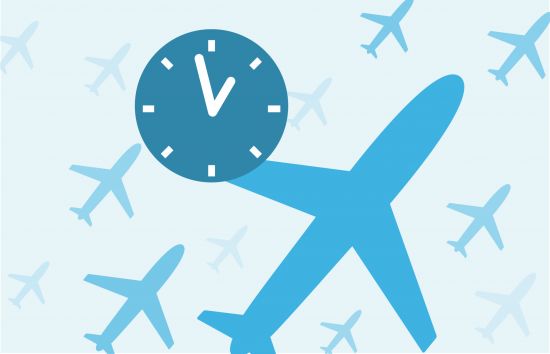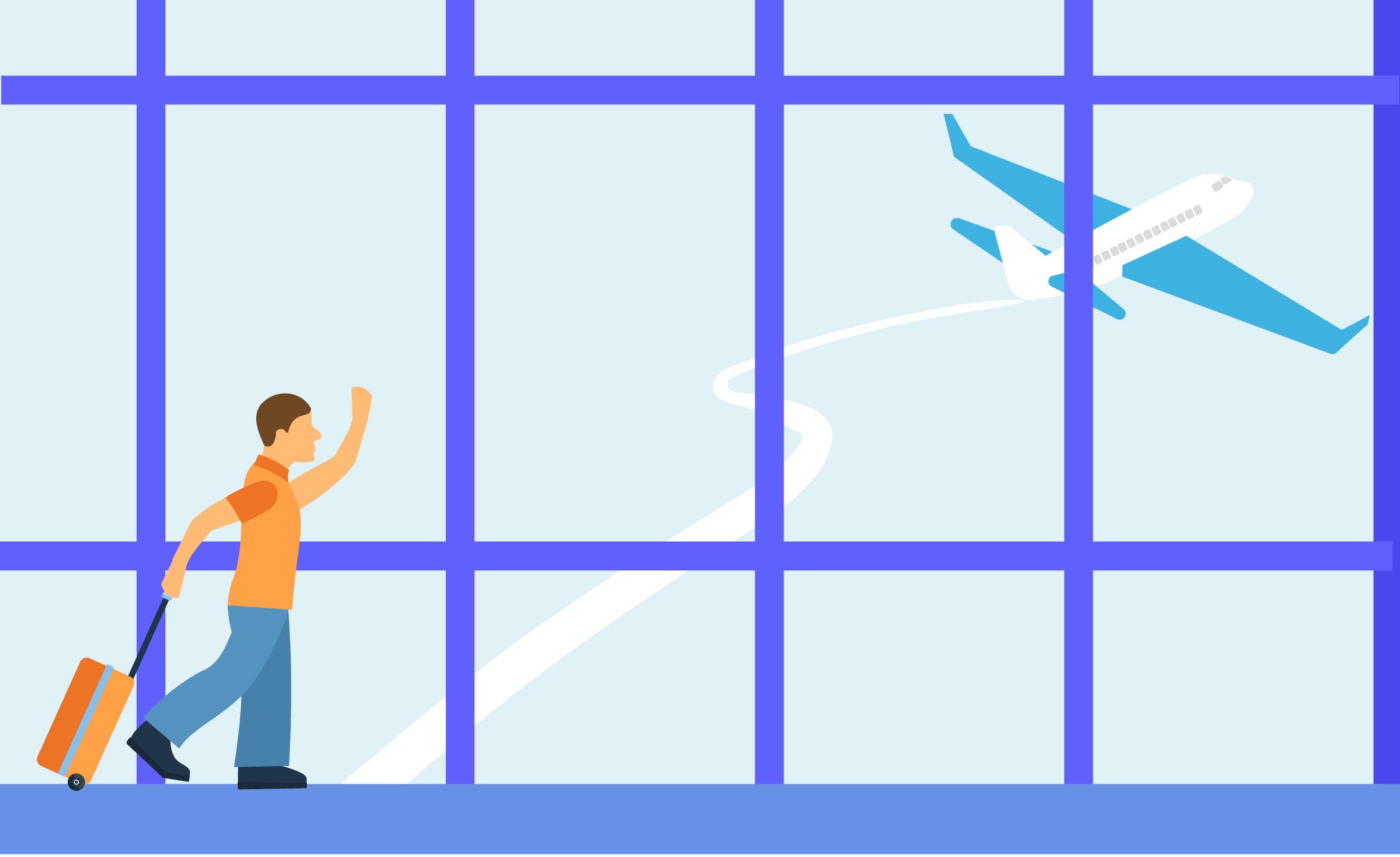It is believed that George Stigler, who in 1982 received a Nobel prize for his achievements in economy, used to say: “If you never miss a plane, you’re spending too much time in airports”. Even though that sentence might seem counterintuitive at first, it was in line with his vision of optimum strategy of plane catching: Allowing yourself 1 hour of extra time every time you fly, just to be on the safe side, might result in spending 4 extra days at airports after 100 flights. For a frequent and productivity-oriented traveller, that trade-off might seem too much. Since Stigler’s time, airports have changed quite a bit: availability of electric sockets, Internet connection, better quality food, larger variety of shops and a number of other services have made waiting less painful (with some airports even offering art installations, movie theatres and wellness). However, it is difficult to imagine a frequent traveller or a time-conscious one choosing to wait at an airport for over 2 hours more as opposed to spending time at their beautiful holiday destination or indulging in that one sweet short nap in the privacy of their home.
We want shorter travelling times! (hopefully, under 4 hours)
In addition to that, one of the goals of Flightpath2050, a research agenda launched by European Union which provides Europe’s long-term vision for aviation, is that “90% of travellers within Europe are able to complete their journey, door-to-door within 4 hours”. Any decently frequent air traveller can observe how highly ambitious vision that is. After all, how many journeys can said air travellers recount as being under 4 hours, counting from the moment they stepped out of your house? Air travelling today still includes a fairly convoluted process of accessing the airport, checking in luggage, passing through security, boarding the aircraft and a number of other procedures which make flying more complicated than simply wandering onto a train that will take you to your desired destination.
Presented with such a time-challenging process, many travellers will decide to allow themselves enough time to get to the airport to account for uncertainties such as delays in public transport, traffic jams, long queues at the airport security, etc. That often results in long hours spent at the airport waiting for boarding to start. Admittedly, not every traveller will see this as a pressing issue. However, according to the 2017 Global Passenger Survey conducted by The International Air Transport Association (IATA), most passengers expect emerging technologies to minimise those time uncertainties and make them more in charge of their travel experience. Minimising them is not an easy task for a human. Finding the ideal time to leave for the airport presents a challenge even for a well-seasoned traveller, especially when faced with a new or less known city.
How much are you willing to risk missing a flight? Put a price on it.
As Jordan Ellenberg states in his book “How not to be wrong: The power of mathematical thinking”, the optimal arrival time to the airport is highly personal and depends on a number of subjective (and often difficult to measure) factors. To be able to quantify intangible processes such as annoyance with waiting, Ellenberg refers to utility theory from economics. Utility theory is, to this day, one of the most important theories in social sciences, and in its foundation is a model based on axioms of rational behaviour. Assuming that human beings will act as rational agents, their decision process will be such that it maximises their utility. The idea is that to everything in life we can attribute some kind of utility (which can be positive or negative), and in lack of a more appropriate measure, we can use an abstract unit called utils.
Using utils, we could assess that missing a certain flight costs a traveller 10 of his or her utils, whereas every half an hour spent at the airport is worth 1 of her utils. Furthermore, we could easily derive, using data mining techniques and frequentist approach to probability (by which probability is seen as a relative frequency in a large number of trials) that the probability of missing a flight when a traveller arrives 1 hour before the take-off time is 15%, and when arriving 2 hours before that probability reduces to 2% (These probability values are borrowed from the aforementioned Ellenberg’s book).
Hence, we can calculate the expected cost of arriving to the airport 1 hour before that particular flight as: 2 + 15% x 10 = 3.5 utils. For comparison, arriving 2 hours earlier costs the traveller more in this scenario: 4.2 utils. However, if I were a more conservative traveller or that particular flight was more important for me, I might say that missing that flight costs me 2 times more (i.e., 20 utils). In that scenario, the expected costs of arriving 2 hours and 1 hour earlier to the airport cost him or her 4.4 and 5 utils, respectively. That means this traveller’s preferred option would be the more risk-averse one of arriving to the airport 2 hours before the flight.





